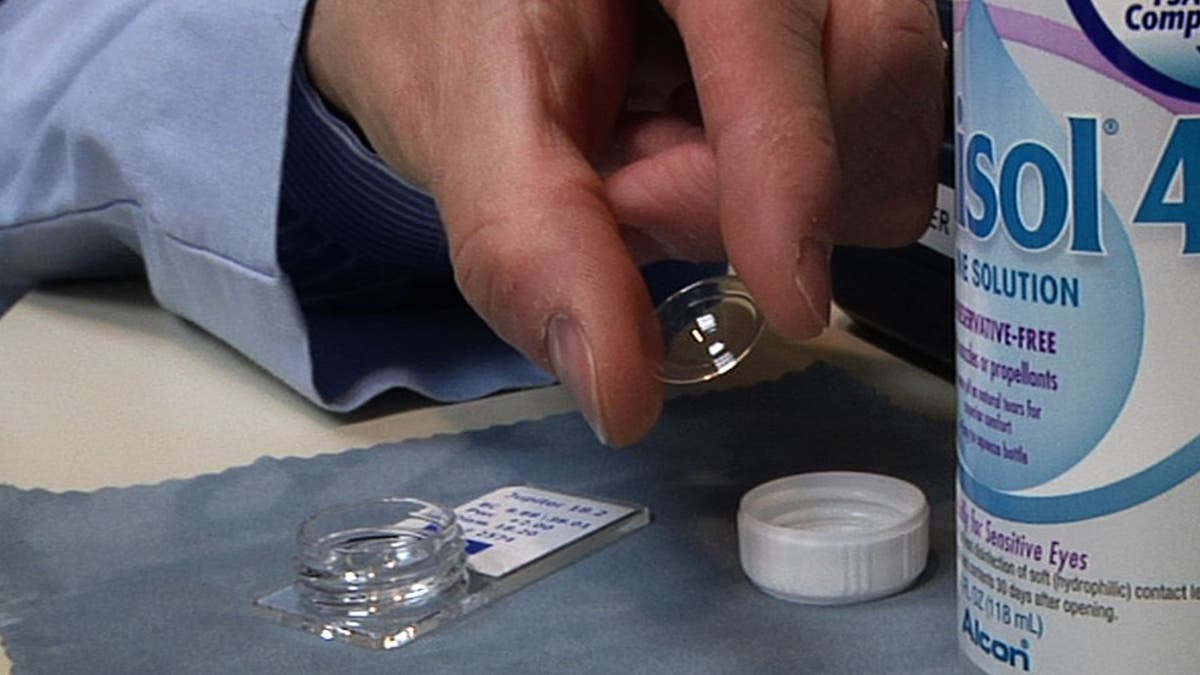
Scleral contact lenses are twice the size of regular contact lenses. (Scleral lenses are twice the size of regular contact lenses)
People suffering from extreme cases of dry eyes can now be prescribed new, innovative wide-diameter contact lenses by an optometrist.
Conventional rigid contact lenses are roughly 9 millimeters in diameter and lie on the cornea – the colored part – of the eye. But the special dome-shaped “scleral” contact lens is 15 to 22 millimeters and rests on the sclera – the white part of the eye. A pool of saline solution lies underneath the large contact, continuously bathing the dry eye.
While these kinds of contacts have been available for decades, major technological improvements have helped them to make a resurgence to treat dry eyes. The newer models - which are made of hard plastic - are gas permissible, allowing oxygen to fill the lens to provide oxygen to the eye surface.
“It’s amazing to see the effect scleral lenses can make,” said Dr. Peter Russo, director of the contact lens service of Loyola University Health System. “When patients first come into the office, they have extremely irritated eyes, and have to use eye drops over 30 to 60 minutes…But once we put in the sclera lenses, they feel instant relief.”
Nearly 5 million Americans over the age of 50 have the condition, which is caused by a number of factors – such as side effects of medications, LASIK surgery, allergies, and skin disease around the eyes. Among the symptoms: stinging or burning, pain and redness, periods of blurred vision and eye fatigue. While eye drops are commonly used to treat dry eyes, the relief is usually temporary.
Although Russo touts the benefits of scleral lenses, he also acknowledged it generally takes a while longer for patients to figure out how to put them in the eye.
The lenses are more expensive than regular contacts, but Russo said he is working to get them covered by insurance companies because they help treat a medical condition and are not purely cosmetic.
